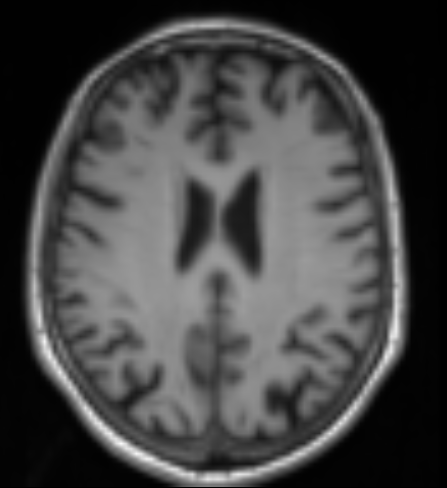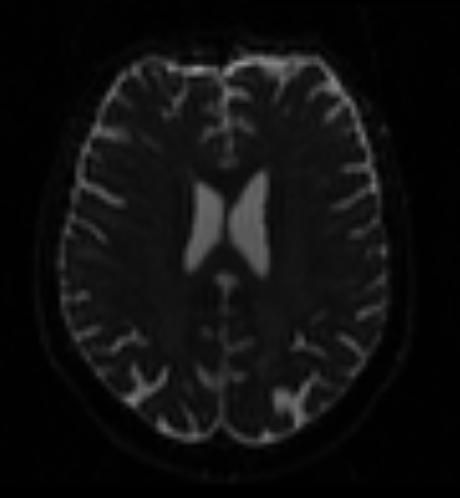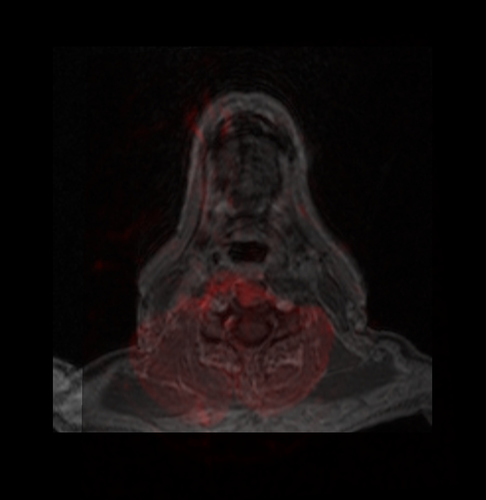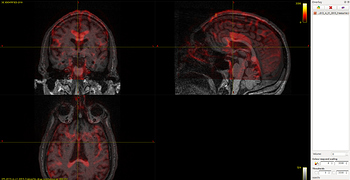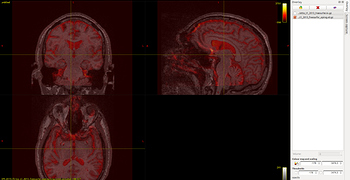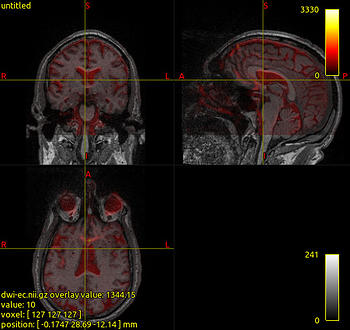Dear MRtrix-Experts,
I am looking into ways of registering structural to DWI data. (T1 weighted 1x1x1, bias-field corrected and DWI 2x2x2, corrected for bias-field, eddy currents and geometric distortions).
All registration is done by FLS flirt, rigid 6DOF
.
As I suppose, there are 2 options:
Option 1: Register T1 to DWI first, then perform 5ttgen and freesurfer pipeline on registered T1
- involves resizing the T1 data to original resolution (Freesurfer doesn’t like low-res T1s)
- Benefits: no further transformation of masks / parcellations neccessary (as there are all aligned already)
- Drawback (maybe): fast and freesurfer are not performed on original, but interpolated data.
Option 2: Run 5ttgen and freesurfer pipeline on original data, transform masks / cortical parcellations later on using a transformation matrix generated by T1 > DWI registration
- Benefits: fast / freesurfer runs on original data
- Drawback: masks have to be transformed to DWI data later on. This is especially problematic for the freesurfer sementations (aparc+aseg), which consists of discrete values (i.e. 1,2,3 etc.) and get interpolated into continues values (with no meaningful reference to the LUT-file).
What do you think about these options? I was wondering if there is a way this is supposed to be done.
Also: thank you for providing MRtrix! It’s a great tool and I am glad everything works so well!
Bastian
